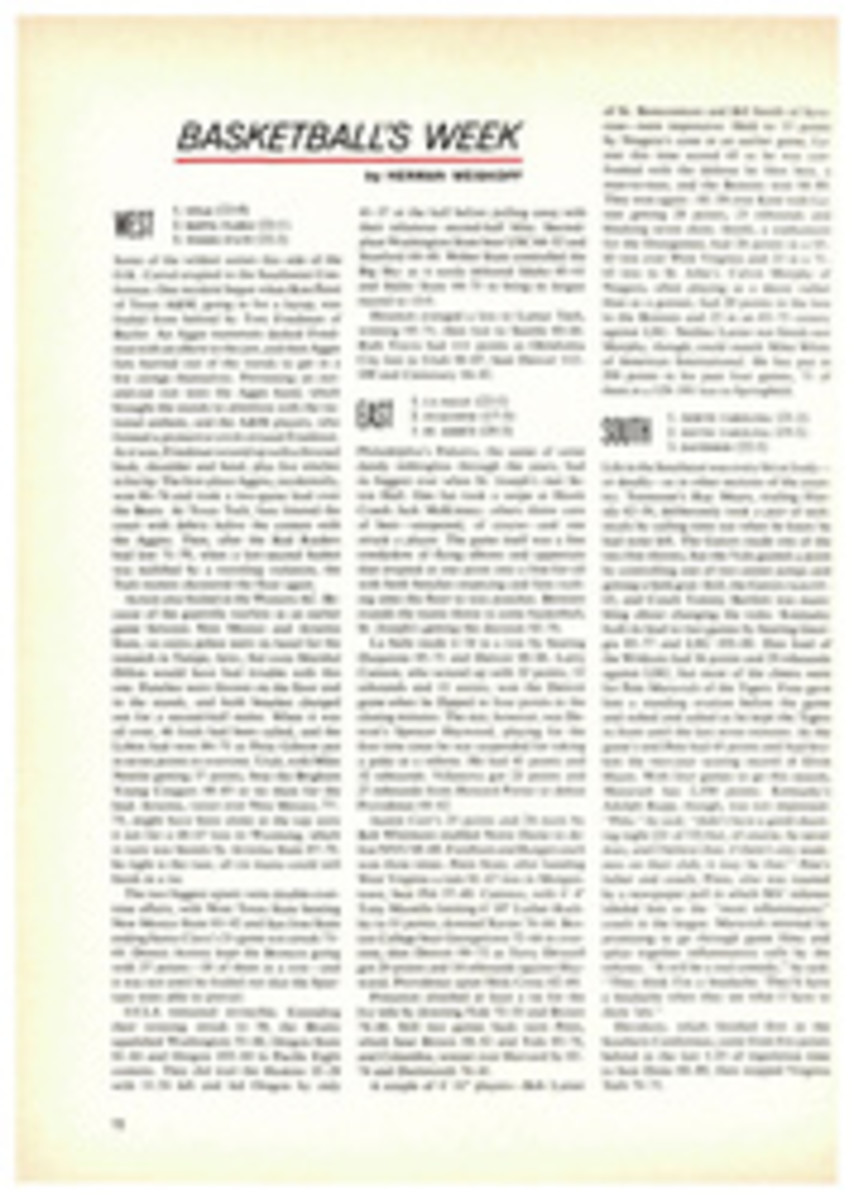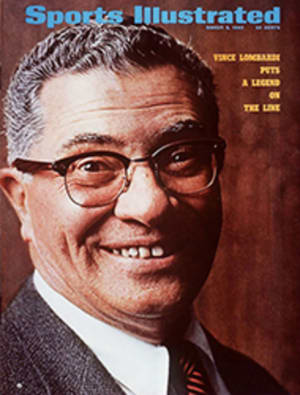
LETTER FROM THE PUBLISHER
Even as you read this, someone somewhere is rolling a sheet of stationery into his typewriter and preparing to write in anger: "Last week while the most monumental X game in the history of Y was taking place at Z, where was SPORTS ILLUSTRATED? I'll tell you—it was at the Roller Derby! The Roller Derby!! And that's not even a sport!!!"
Frank Deford's long and evocative look in this issue at that highly athletic but only quasi-sporting institution called the Roller Derby is likely to put some readers' noses out of joint. Why, they may ask, does a serious sports magazine devote 15 precious pages to a plastic-wheeled put-on that bears as much resemblance to true sport as Maurice (The Angel) Tillet bore to Lou Gehrig?
The answer lies in our conception of sport and in the way we think we should report it. We do not believe that man's sporting activities are a thing apart from his nature and the world in which he finds himself, and that all we have to do in covering sport is to ascertain the hard facts, statistics, scores and how the game was played. We believe that sport reflects many facets of man and his society and that coverage of sport should reflect those aspects as well. Put it directly: when we tell you about a sporting activity in Nigeria such as a boxing match between Dick Tiger and Gene Fullmer we try to tell you something about Nigeria that puts the event in perspective for you. That's what Jack Olsen did (SI, Aug. 19, 1963). When we tell you about the Roller Derby, we believe we are telling you something important about your own country, about an indigenous activity that has become a passion for millions of Americans who do believe that it is sport.
Mystery Writer Margaret Millar's sensitive appreciation of bird watching (SI, April 15, 1968) also seemed far afield to some readers. (In a sense, incidentally, bird watching could be defined as competitive—the pitting of man's eye against avian elusiveness. as well as other bird watchers.) We believe that bird watching is a sport and that Miss Millar's article, in addition to being a lovely piece of writing on the subject, illuminated the reasons why so many Americans have discovered it and engage in it to their pleasure and benefit. We felt the same way about Gilbert Rogin's taxonomy of the shuffleboard addict (SI, Sept. 4, 1967), Roy Terrell's ode to the fine art of soaring (SI, Nov. 6, 1961) and Dick Miles's investigation of poker playing in Gardena, Calif. (April 17, 1967). These were not just attempts to broaden the playing fields of sport to include the sky and the saloon and the chips in between. They were explorations of three more aspects of man's sporting nature.
In all of these stories and, we hope, in many more to come, we have tried to convey a sense of place and personality, of "how things are"—even among the salmon poachers of Scotland (SI, May 20, 1968). The aim is to present, if I may use one of today's overworked phrases, the sociology of sport, not as ivory-tower intellectuals, but as members of the only sporting species of animal on the face of the earth. On page 54, then, is the Roller Derby. I know you will find it entertaining, but I also hope you will agree that it adds to your understanding of America itself.

